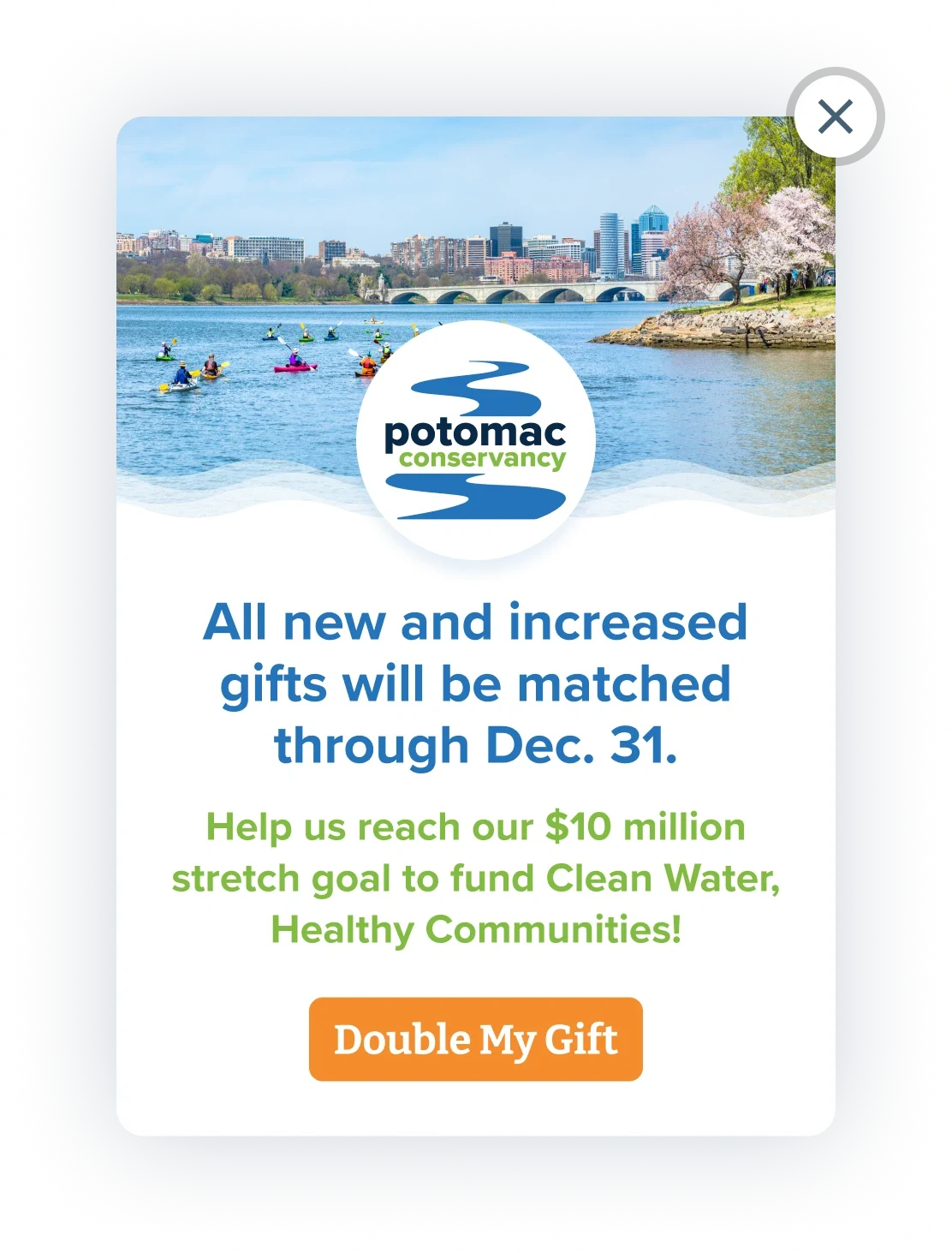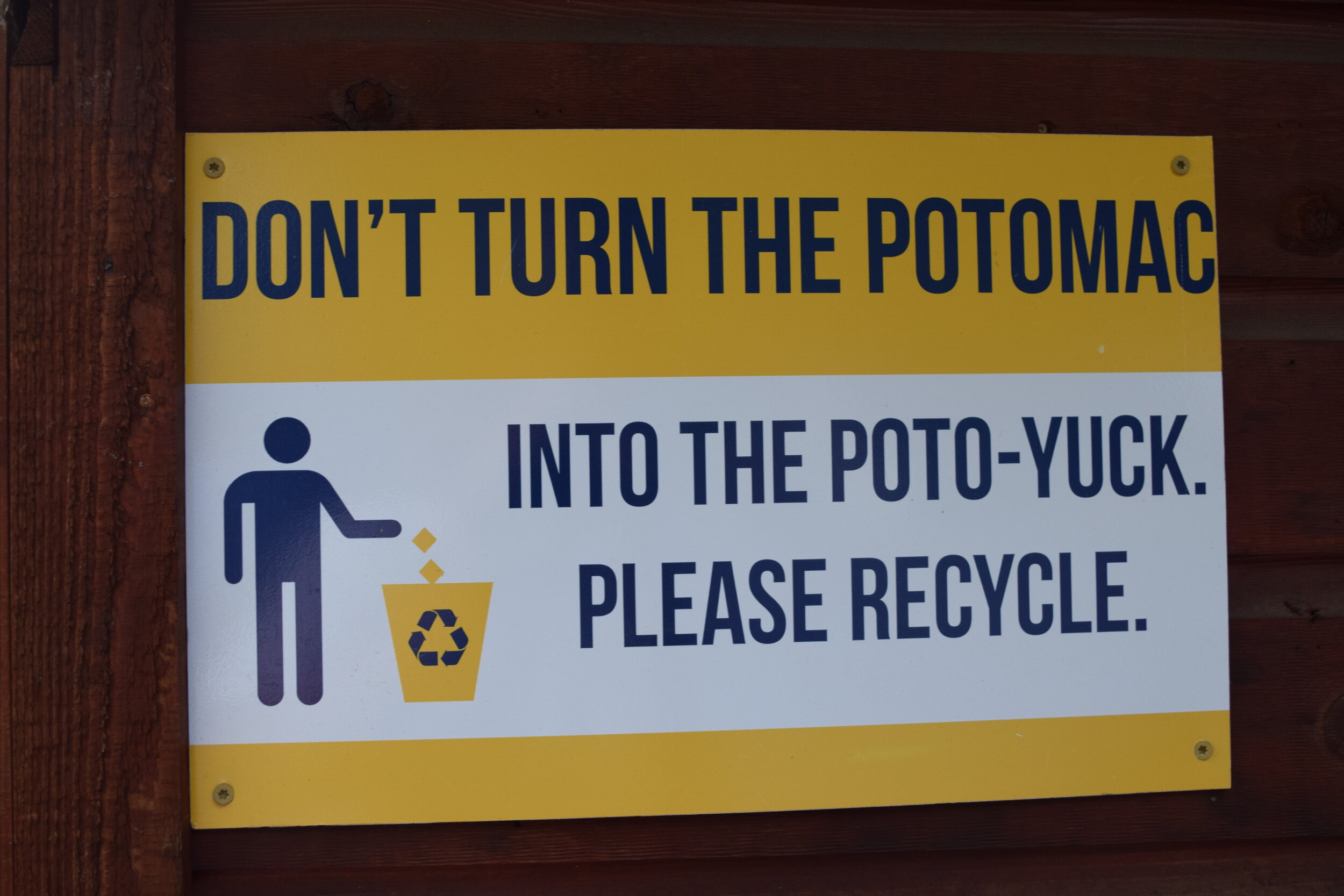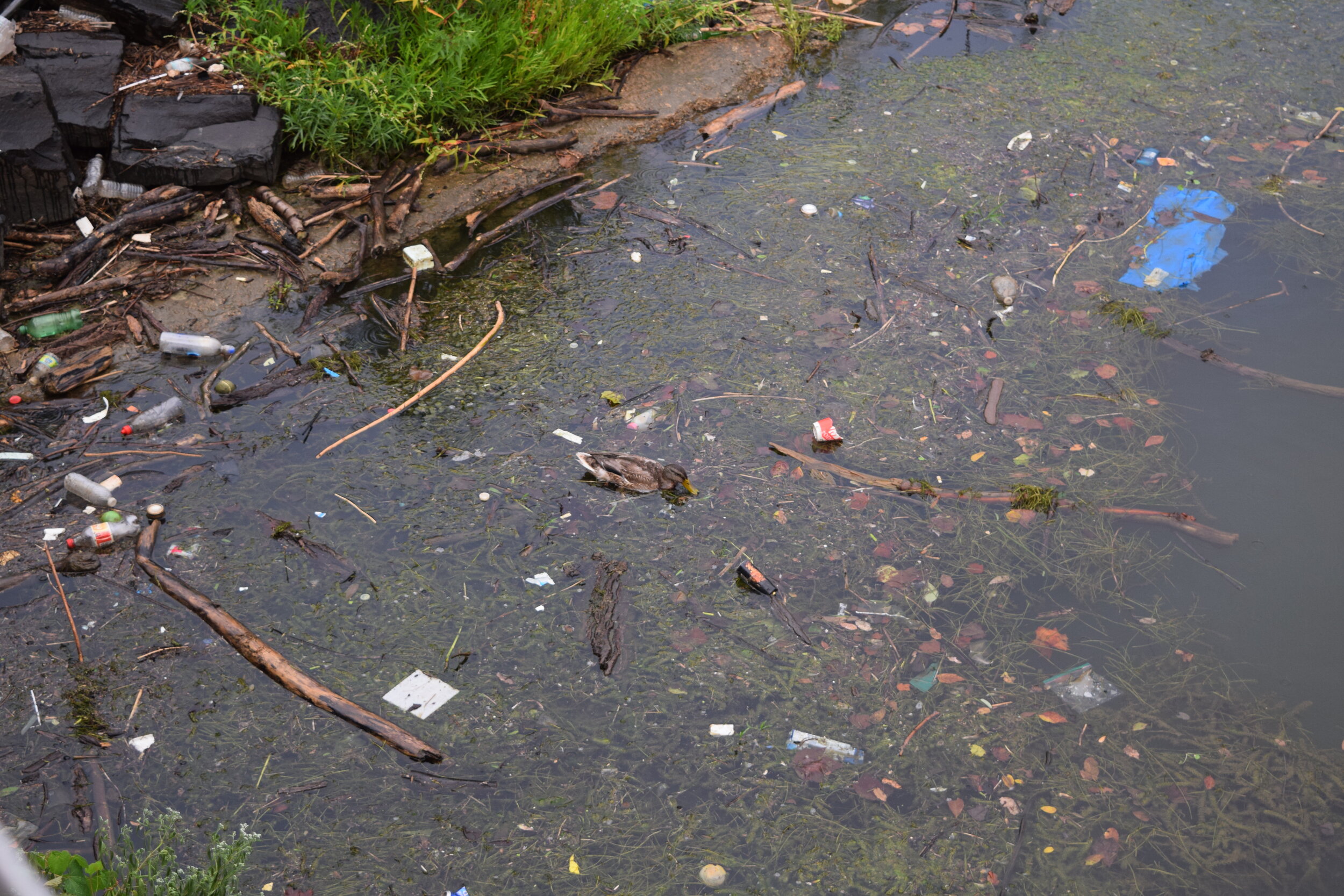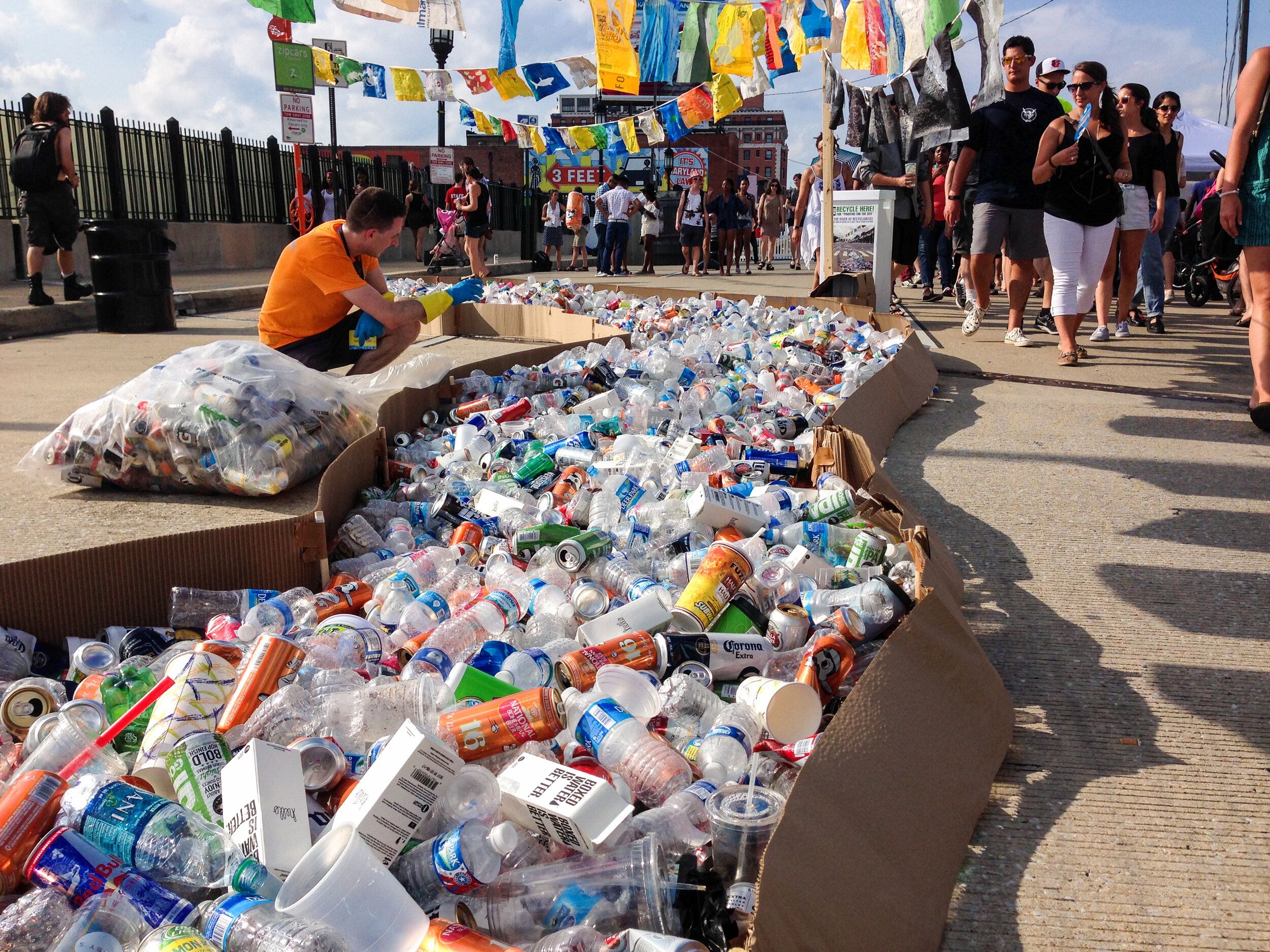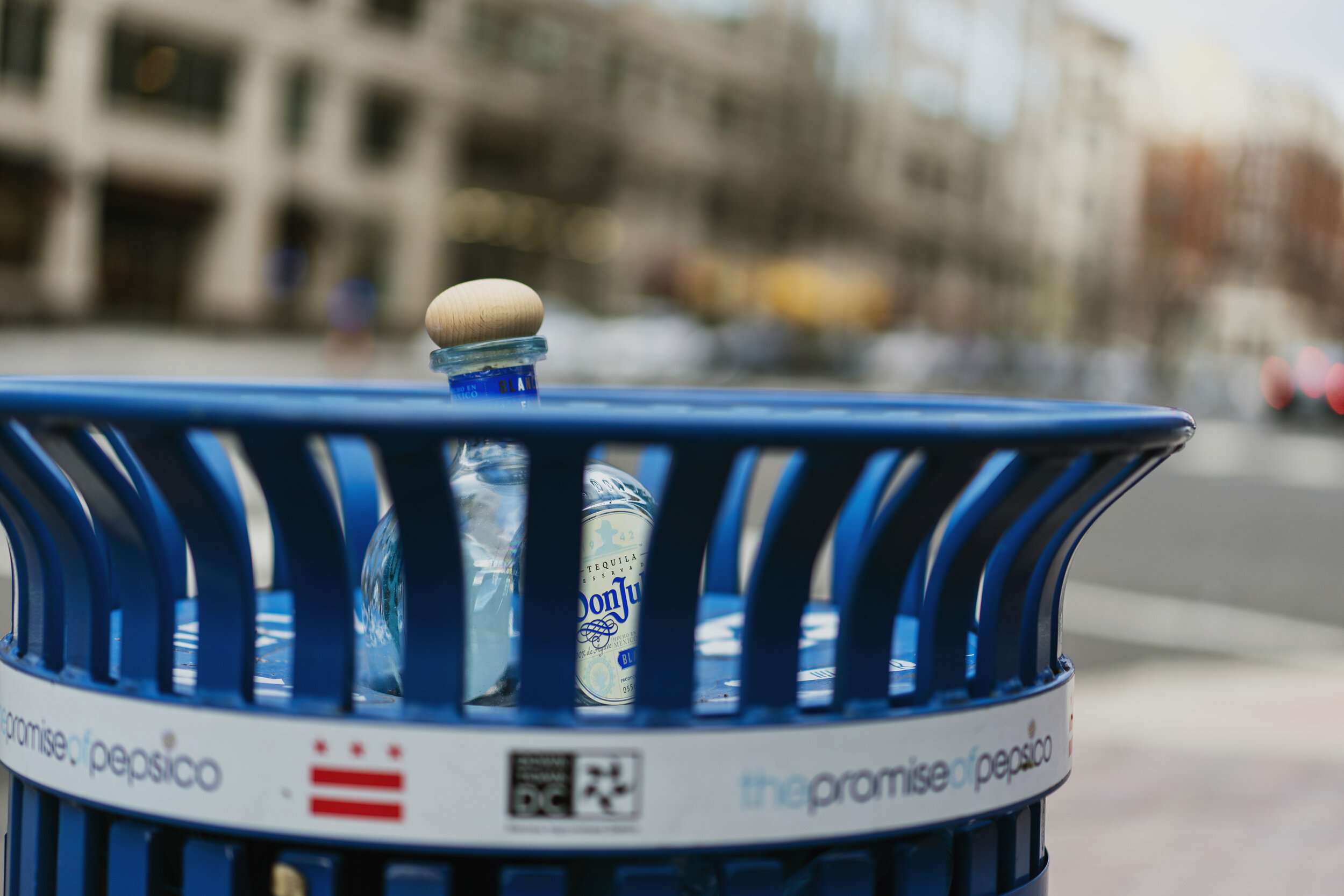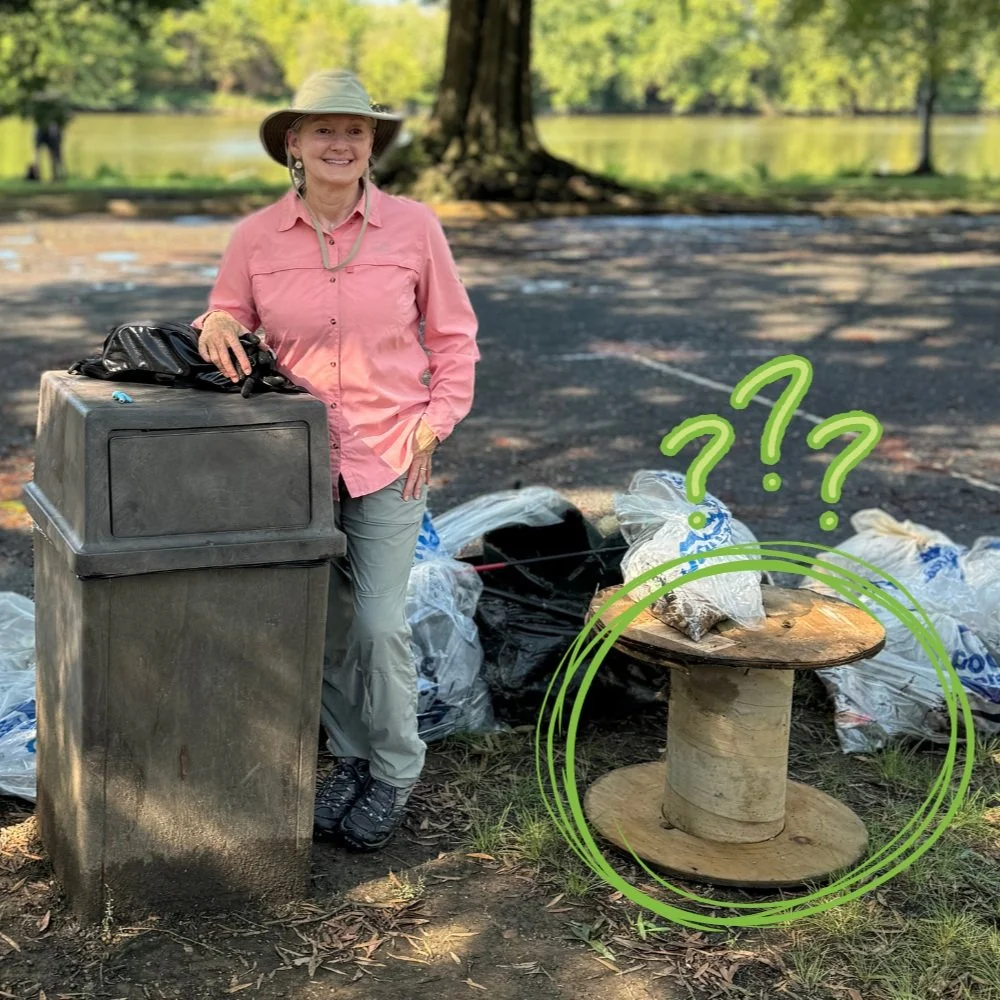Ask An Expert: How to recycle like a pro (and why it matters)
/Don’t give up on recycling—the Potomac River depends on it
image courtesy of Kevin Harber via flicker
Beth Porter
Green America’s Climate Campaigns Director and author of “Reduce, Reuse, Reimagine: Sorting Out the Recycling System”
Decades of collective effort to improve the Potomac River’s health have brought us in reach of a healthy, thriving ecosystem, but there is more work to do.
Pollution remains a major threat, the most egregious source of which is runoff caused by agriculture, sprawl, and deforestation. Litter also continues to be a serious issue for the river’s health and our communities. It degrades water quality, harms wildlife, and leaches toxins into our waterways.
Trash in our waters is often the result of poor waste management infrastructure and improper disposal. The EPA reports packaging and improperly disposed waste from land account for over 80% of the marine debris recovered in beach cleanups, and the other 20% is abandoned fishing gear and traps from ocean-going vessels. On a local level, Potomac Conservancy reports that the top 5 sources of plastic pollution in our river are straws, styrofoam, water bottles and caps, plastic bags, and food wrappers. So what can we do to make a dent in all this debris?
Let’s Talk Solutions!
First, Reduce.
The most effective pollution prevention is to stop waste before it starts through reduction. As individuals, we can reduce overconsumption and single-use items with reusable bottles, utensils, and totes.
But to scale up solutions into bigger impacts, we can urge for systemic efforts like government and corporate policy changes. Examples include the bag tax which has sparked a decline of bag pollution; the recent straw ban that’s seen high compliance rates within its first year; and styrofoam bans in Maryland and DC.
Corporations are being put under increased pressure and accountability for the waste their products generate and some are setting new goals, like Clif bar’s recent announcement to make 100% of its packaging reusable, recyclable, or compostable by 2025.
Solutions are needed!
Closing the loop
While we work to reduce overall consumption, it’s critical that we have disposal systems that operate in a more circular path so we can get the most out of materials. This must replace the linear paths of landfills and incinerators, in which the materials are buried or burned, releasing pollutants into communities, emitting greenhouse gases, and ending the potential to use materials again.
Recycling and composting allow us to responsibly discard items and generate useful materials. When manufacturers use recycled materials for new goods, it reduces energy, emissions, and curbs demand to extract brand new materials through intensive processes like mining and deforestation. Composting converts organic materials into a conditioner for the soil. Its use curbs the need for chemical fertilizers, reduces methane emissions from landfills, and promotes healthier soils which sequester carbon dioxide from the atmosphere.
“A River of recyclables” in Maryland. Photo courtesy of the chesapeake bay program.
Is recycling really worth it?
Global recycling markets have seen significant changes in the past two years. China, which was a major importer of recyclables, passed strict contamination limits and stopped accepting many items. This has caused disruption in some counties and states, but it’s presented ample opportunities to address the challenges in our recycling system.
Improving recycling and expanding composting can reduce environmental impacts, reduce emissions, and use materials in a more circular system. The national recycling rate of 35% reportedly reduces 184 million metric tons of greenhouse gas emissions, or the equivalent of taking 39 million cars off the road.
How do we increase recycling?
We’ve got work to do, but there’s progress being made. To increase composting, DC now offers free food waste drop off and is considering a new zero waste bill that would require commercial composting and other waste reduction measures. The city is also boosting education efforts to address contamination, which is a huge issue that’s preventing our recycling system from working well.
Is this right? (HINT: DC recently stopped recycling glass.) Photo courtesy of mike maguire/flickr
Ok, but am I recycling right?
Contamination occurs when items that aren’t accepted are put into recycling bins (like garden hoses and styrofoam) or when items are coated in food or beverage residue. There are many items that are not recyclable in our current system and have become contaminants in recycling streams, like plastic utensils and straws which can be erroneously sorted into paper bales.
Some issues are just the collection channels for items. For example, plastic bags may be technically recyclable, but they shouldn’t go into curbside bins as they wrap around sorting equipment and can shut down recycling facilities while workers must climb onto machines and cut them out.
Contaminated items often get rerouted to landfills or incinerators. Sometimes contaminated items make it past sorting and erroneously end up in material bales, driving down the value of those bales.
But it’s also estimated that well over half of what we send to landfills could have been recycled, either through curbside bins or drop off programs for unique items like electronics. This shows the great need for expanded education and access to recycling and composting.
How to Take Action!
Reduce consumption
Use what you already have, strive to consume less, and always look to reuse and repair items before turning to disposal. Practice reuse and build community by hosting a clothing swap, sharing tools with your neighbors, and supporting your local library.
Learn local guidelines for recycling
Unfortunately, manufacturers often put the recycling symbol on a product that may or may not actually be accepted by recyclers (there are policy efforts working to improve labeling). Always follow local guidelines: Zerowaste DC, Montgomery County, and Arlington County. And remember - keep recyclables empty and dry before tossing into the bin!
(Pro tip: don’t put your recyclables in a plastic bag!)
Call for systemic changes
Contact elected officials and ask that they support policy solutions for waste reduction. Use social media and email to urge brands towards sustainable practices, including designing their products for circularity and using recycled content to close the loop!
Volunteer!
While doing this work to change our waste systems, we can help relieve immediate pains to the Potomac and other ecosystems by volunteering with local cleanups.
Guest Author: Beth Porter
Beth is Green America’s Climate Campaigns Director and author of Reduce, Reuse, Reimagine: Sorting Out the Recycling System.
Want to hear more from her? Check out her appearance on Jonathan Van Ness’s Getting Curious podcast: “What’s Really Going on with Recycling, Hunny?”
